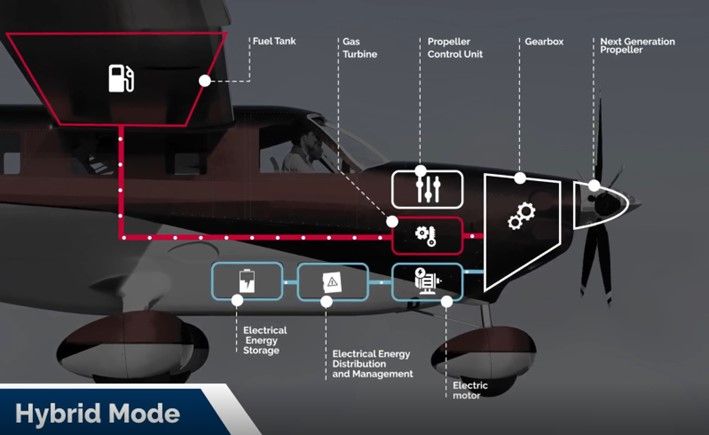Reducing the carbon impact of our products and services

Daher is taking action on three fronts to reduce the carbon footprint of its offerings.
The Group has committed to developing a lower-carbon aircraft by 2027, while continuously improving the energy efficiency of its planes and increasing the use of sustainable aviation fuels (SAF) in its own flight operations. The share of SAF blended with conventional kerosene will exceed 10% by 2027 and reach 20% by 2032. Daher also supports initiatives to authorize SAF blends above 50% to accelerate the sector’s transition.
In parallel, Daher is heavily investing in innovation to make its products lighter. At least 50% of its R&D budget is dedicated to composite research, aiming to deliver lighter aerostructures for future aerospace programs. By the end of 2027, eco-design testing and training will be conducted to integrate these principles from the design phase.
Finally, the Group is enhancing the energy efficiency of its service and transport operations, while promoting the use of biofuels in ground operations. R&D investments continue to optimize tools and transport methods, with a clear commitment to offering more sustainable services to its clients.
95% of the Group’s carbon emissions come from scope 3 downstream, including:
5%
90%

